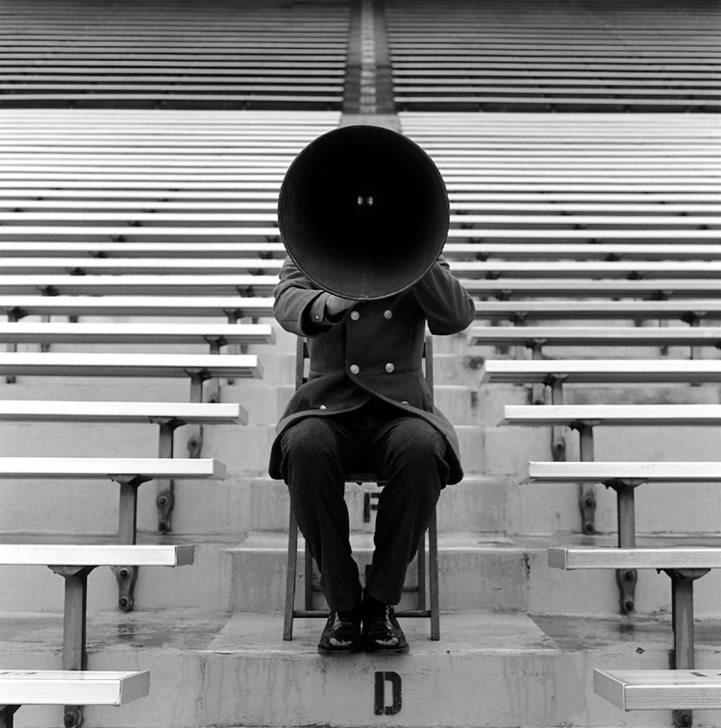Plastic Planet Part 2 – Drinking Water
Once I learned about Bisphenol-A from water bottles and the possible health problems to humans in the Plastic Planet research, I dug much deeper into the subject of drinking water and want to share now the real truth about the water situation in the world and showing what the real situation is. Don't get me wrong, I see daily the reminders on TV that millions of humans do not even have access to drinking water to stay alive, but you should really know what's going on and take your own decision how to handle water in the future.
Both community and private sources of drinking water are susceptible to a myriad of chemical contaminants, biological pollutants and nuisance water problems that may vary depending on site conditions and other factors. Some of the more common chemical pollutants include pesticides, fertilizers, petroleum products, and industrial solvents. Some problem organisms, including viruses, bacteria, protozoa and algae, cause nuisance problems with taste and odor while others are potential pathogens.
Threats to drinking water quality come from animal and plant production agriculture, industrial activities and even activities around our businesses, residences, recreational areas and transportation systems. I start arguing from now that the drinking water from our taps is unsafe to drink because it contains pharmaceutical residues. People who drink tap water are drinking second-hand drug residue. The basic problem is that after a drug is swallowed much of the compound is excreted in urine and will end up contaminating drinking water. So when you turn on your tap you get bits of old contraceptive pills, antibiotics and tranquillizers in your nice sparkling glass of apparently clean drinking water.
You can't see the drug residues, of course. And the water companies can't get them out. From time to time newspapers and magazines around the world discover some new research showing that male fish are changing sex in drug polluted rivers (it is, of course, the female hormones from contraceptive pills and hormone replacement therapy which cause this particular problem) but once they realize the size of the problem they soon back off and forget about the story.
I raise the question of whether or not public drinking water supplies could be polluted with female hormone residues which might affect the development of male babies.`You think I will frighten people far too much!' However, it wasn't just the possibility of female hormones – residues from the contraceptive pill – which might be causing problems which worries me.
FACT ONE: More and more people are taking increasingly powerful medicinal drugs such as antibiotics, painkillers, tranquillizers, sleeping tablets, hormones (particularly those in the contraceptive pill) and steroids. Huge numbers of people take drugs every day. Not many people go through a whole year without taking at least one course of tablets. Half of the population will take a prescribed medicine today (and tomorrow and the day after that). And on top of the prescribed drugs there are all the non-prescription drugs that are taken – pills bought over the chemists' counter and taken day in and day out.
FACT TWO: Many drugs are excreted in the urine when the body has finished with them. For example, up to 75% of a dose of a tranquillizer may be excreted in the urine. With other drugs the figure may be as high as 90%. Some drugs which are degraded can chemically react with the environment and become active again.
FACT THREE: After going through standard purification procedures, waste water is often discharged into fresh water rivers.
FACT FOUR: Drinking water supplies are often taken from fresh water rivers – the same rivers into which the waste water has been discharged.
FACT FIVE: Water purification programmes were designed many years ago – before doctors started prescribing vast quantities of drugs for millions of patients and before the problem of removing drug residues had been thought of. I think that even someone with the modest, shoe sized IQ of a government minister should be able to see where all this was leading. It seemed clear to me that anyone who turned on a tap and made a cup of tea could be getting a cocktail containing leftover chemicals from other people's tranquillizers, sleeping pills, antibiotics, contraceptive pills, heart drugs, anti-arthritis pills and so on.
A report published in 1999 by the Environmental Agency in the UK reports that 57% of the fish in one river have changed sex. Chemicals in treated sewage and factory waste are blamed for upsetting natural fish hormones. The researchers found that the fish were more likely to be affected when they spent time close to a sewage outlet. They also found that fish who lived upstream (away from the sewage outlet) were much less likely to be affected.
Apparently, the chemicals in sewage which are most likely to affect fish are female hormones such as oestrogen. Strangely, some scientists still seem puzzled about the source of the female hormones. While they were studying lake water for pesticide contamination, Swiss chemists were surprised to find that the lake was polluted with clofibric acid – a drug which is used to lower blood cholesterol levels. The possibility that this could have been caused by industrial spillage was ruled out when it was established that clofibric acid is not manufactured in Switzerland.
When the chemists checked other lakes and rivers they found low concentrates of the drug everywhere. When researchers in Germany started looking for clofibric acid they found the drug in all sorts of water supplies – including tap water. Intrigued the researchers looked harder and they found lipid lowering drugs, analgesics (including diclofenac and ibuprofen), beta blocker heart drugs, antibiotics, chemotherapy drugs and hormones. They found all these drugs in water bodies and in drinking water. And they found that the concentrations were highest in heavily populated areas.
Once they had ruled out industrial spillage the researchers realized that the drugs had come from human body wastes. In the 19th no one knows what drugs can be found in U.S. drinking water. Why? No one has been looking for. The American Government simply did not monitor water supplies to see if they contain drug residues. Little was known about people's exposure to such compounds from drinking water, so Shane Snyder and colleagues at the Southern Nevada Water Authority in Las Vegas screened tap water from 19 US water utilities for 51 different compounds.
The surveys were carried out between 2006 and 2007. A comprehensive survey of the drinking water for more than 28 million Americans has detected the widespread but low-level presence of pharmaceuticals and hormonally active chemicals. But there seems little doubt that drinking water is now heavily contaminated with drug residues. And the long term effect of all this is difficult to estimate.
Minute amounts of antibiotic in drinking water can affect bacteria in many different ways. They can surely have a dramatic effect on the development of antibiotic resistant organisms. There is not yet any evidence showing a clear link between water pollution and problems (such as fertility) affecting human beings. But the absence of any such evidence may possibly be a result of the fact that as far as I know no one has yet done any research into this issue. The research would be extremely simple to do and wouldn't cost very much.
Scientists would simply count the number of people with fertility problems (or some other specific disorder) who had drunk re-circulated water, and then compare that figure with the incidence of fertility problems among people who had drunk fresh spring or borehole water. But who would want to do such research? Certainly not the water companies.
How are the drugs in your drinking water affecting your health? Is your daily cocktail of tranquillizers, antibiotics, hormones, steroids, chemotherapy drugs, heart drugs, painkillers and so on making you ill? How do all these drugs interact? Are they likely to be at least partly responsible for the way the incidence of cancer is increasing? No one knows. And no one in authority seems to want to know. Maybe they are frightened to discover the truth. So, whats modern life?
While the US government regulates the levels of pathogen's in US drinking water, there are no rules for pharmaceuticals and other compounds, apart from one: the herbicide atrazine. So, it seems that contamination is a fact of modern life as we continue to populate and aggregate, our wastes will certainly accumulate where we live, – therefore we must accept that there will be a certain degree of contamination." Meanwhile, politicians around the world now drink spring water, at taxpayers' expense, which is bottled at source before it has too much chance of becoming contaminated. What you will drink tomorrow?
Andreas Ruthe
TCM Phuket


